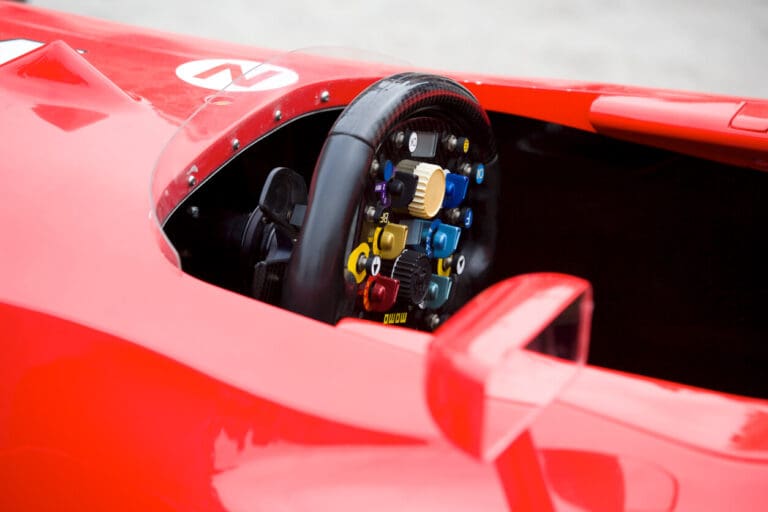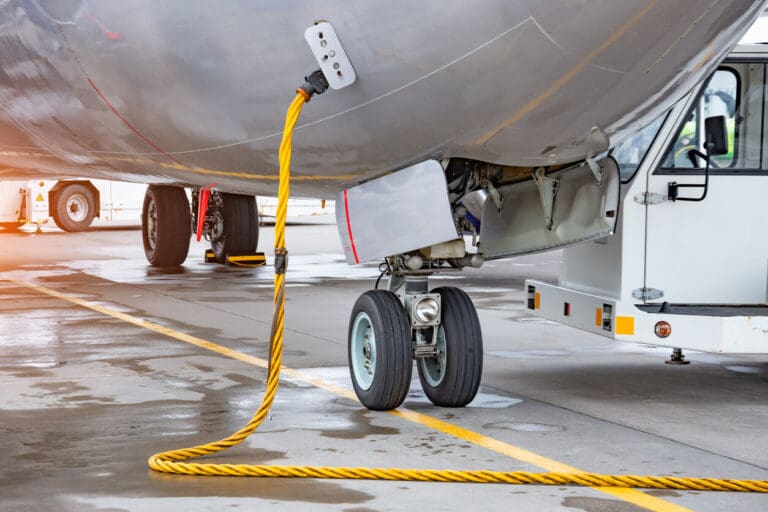
Are Motorsport Cables the Hidden Upgrade Behind Faster Lap Times?
Motorsport teams chase marginal gains in every area of the car, yet many still treat...
Read MoreReliable cable networks are vital to IT operations. Being able to simply forget the cable plant after installation is the optimum, as this means it is doing its job of supporting the active equipment that is often the main focus for those managing it. Standards provide a way to simplify the design of reliable cable networks – these have been the foundation of the structured cabling network for more than two decades and have enabled it to grow, adapt and respond to ever-increasing bandwidth demand.
They are essentially a collaborative effort among a number of different stakeholders, from users to consultants and manufacturers, each one adding their own perspective to the challenges and solutions on the table. This creates the ideal melting pot for standards that take into account everything that structured cabling needs to cater to. For example, some will be focused on optical or electrical performance while for others it will be mechanical reliability that is the most important element. Relative cost is another key issue that will be essential where defining cabling standards is concerned. The process of debating all of these separate considerations creates an ultimate compromise that can be incorporated into cabling standards. Once the standard has been established then applications can be defined that will operate over them.
One recent example that demonstrates the importance of cabling standards relates to OM4, which is the next generation of 50-micron fibre. OM4 will deliver additional bandwidth that can be used for upgrading, for example when it comes to longer distances or additional connectors. In terms of the standard itself, the debate arose around how to measure and report bandwidth – as this was all about providing a higher bandwidth product it was going to be essential to agree on the process necessary to determine that value. This shows one of the multiple details that goes into creating every standard and how much discussion can take place around it in order for consensus to be reached. The terms that are used in the standard can also create a lot of debate – for example, with respect to OM4 this arose around whether an important attribute should be called effective modal bandwidth, or calculated modal bandwidth.
These standards are vital to structured cabling for a number of key reasons:
Cabling standards help to ensure consistent implementation of structured cabling and provide an opportunity for industry co-operation that can help the sector to evolve.

Motorsport teams chase marginal gains in every area of the car, yet many still treat...
Read More
The wiring harness is a high-risk single point of failure in any complex system. If...
Read More
The wiring harness is the highest risk, lowest profile element in flight-critical infrastructure. When your...
Read MoreReady to talk cables, fibre or full network solutions? Get in touch with our team today, we’re here to help.